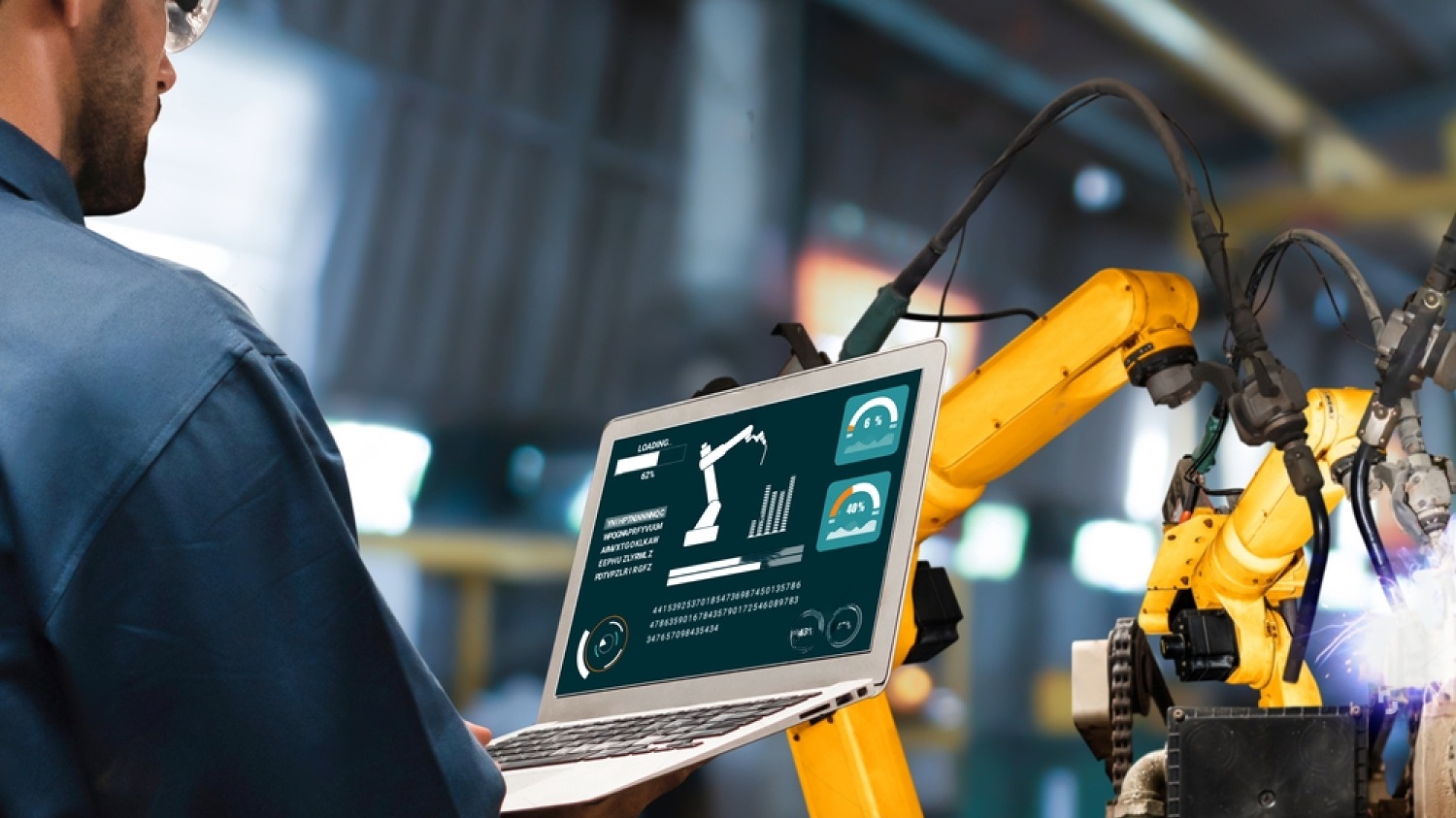In today’s rapidly evolving technological landscape, the integration of robotics and automation technologies is ushering industries into a new era of efficiency, productivity, and innovation. As organizations strive to remain competitive and adapt to the ever-changing demands of the global market, these technologies have emerged as crucial tools for navigating the complex terrain of the modern business world. This article delves deep into the profound impact of robotics and automation on various industries, uncovering the transformative potential they hold.
The Rise of Robotics and Automation: A Paradigm Shift
The integration of robotics and automation technologies represents a paradigm shift that transcends traditional business models. Industries, ranging from manufacturing and logistics to healthcare and finance, are embracing automation to streamline processes, reduce human error, and enhance overall performance. With advancements in artificial intelligence and machine learning, robots are now capable of performing intricate tasks that were once exclusive to human expertise.
Revolutionizing Manufacturing and Production
One of the industries experiencing a monumental transformation is manufacturing. Automation has revolutionized production lines by introducing precision, consistency, and scalability. Robots equipped with advanced sensors and computer vision can flawlessly execute tasks that demand high levels of accuracy, contributing to reduced wastage and increased output. Moreover, the integration of collaborative robots, or cobots, has fostered a harmonious interaction between human workers and machines, where each complements the strengths of the other.
Automation’s Impact on Logistics and Supply Chain
The logistics and supply chain sector has also witnessed a radical overhaul with the implementation of robotics and automation. The efficiency of warehouse operations has soared with the adoption of automated guided vehicles (AGVs) and drones for material handling and inventory management. These technologies not only expedite the movement of goods but also minimize the risk of errors, ensuring timely deliveries and satisfied customers.
Enhancing Healthcare through Robotics
Beyond the realm of manufacturing and logistics, healthcare is another domain experiencing the positive disruption brought about by robotics and automation. Surgical procedures have become more precise and less invasive, thanks to robotic-assisted surgeries. These systems provide surgeons with enhanced visualization and dexterity, leading to quicker recovery times and improved patient outcomes. Furthermore, robots are being employed for tasks such as medication distribution, patient monitoring, and even companionship for the elderly, alleviating the burden on healthcare professionals and enhancing patient care.
The Financial Landscape: Automation in Banking and Finance
The financial sector is not exempt from the winds of change brought by robotics and automation. Chatbots and virtual assistants are becoming commonplace in customer service, providing clients with quick responses and personalized solutions. Automation has streamlined back-end operations as well, with algorithms analyzing vast amounts of data for fraud detection, risk assessment, and investment strategies. This not only accelerates decision-making but also reduces the margin of error inherent in manual processes.
Challenges and Opportunities
While the integration of robotics and automation presents a multitude of benefits, it also comes with its set of challenges. The displacement of certain job roles due to automation raises concerns about unemployment and the need for upskilling the workforce. However, history has shown that technological advancements tend to create new opportunities and roles that require human ingenuity. It is crucial for organizations and policymakers to collaborate in devising strategies that ensure a smooth transition and harness the full potential of these technologies.
Looking Ahead: The Roadmap of Innovation
As industries continue to traverse the uncharted territory of robotics and automation, the trajectory of innovation seems promising. The synergy between human creativity and machine capabilities holds the promise of solutions to challenges that were previously deemed insurmountable. Collaborative research and investment in these fields are poised to drive breakthroughs in areas such as AI-driven robotics, human-robot interaction, and ethical considerations surrounding automation.
Takeaway
In conclusion, the convergence of robotics and automation technologies is propelling industries into an era of unprecedented transformation. From manufacturing and logistics to healthcare and finance, the impact of these technologies is undeniable, revolutionizing operations, enhancing efficiency, and reshaping the way we work. While challenges persist, the opportunities for growth and innovation are vast, promising a future where human potential and technological prowess converge to redefine the possibilities of industries across the board. As we navigate this future, embracing and harnessing the power of robotics and automation will undoubtedly be the cornerstone of success in the industries of tomorrow.

